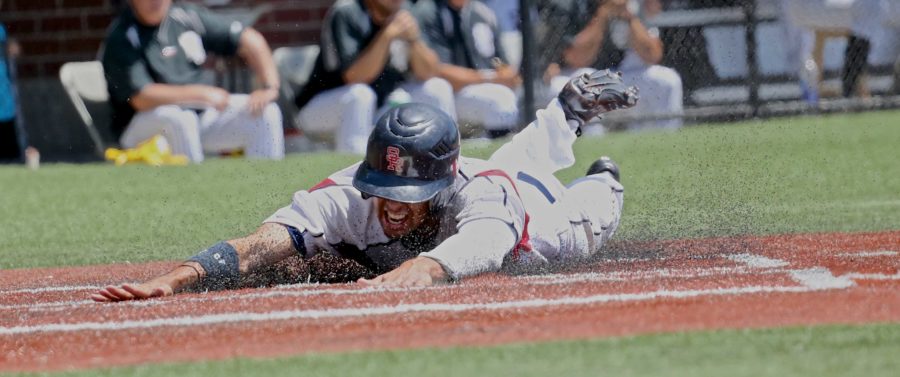As Santa Rosa Junior College revamps its sports fields, replacing some with synthetic turf, it may need to address growing health and environmental concerns.
For years, scientists and experts conducted multiple studies to determine which type of grass, natural or synthetic, is more reliable. Questions still remain in the air nationwide as they continue to dig deeper into the facts.
Though many people may see the positive side of synthetic turf, not everyone is a fan of playing on it.
“It’s really good to practice on, but there’s a lot unknown,” said SRJC head football coach Lenny Wagner while discussing the differences between the team’s practice field, a synthetic turf field, and its game field, a natural grass field. 
Scientists and organizations have conducted extensive amounts of studies that show the substances that make up synthetic turf are dangerous to human health and to the environment.
In a 2007 report, the California Office of Environmental Health Hazard Assessment (OEHHA) concluded that 49 chemicals could be released from the ground tire crumbs in synthetic turf, including carcinogenic substances like arsenic, lead, and chrysene. The OEHHA also concluded that, after just one ingestion of these chemicals over a lifetime, an individual’s cancer risk is increased by a 1.2 in 10 million chance. Other health problems like asthma can also arise after exposure to these toxins.
Not only can the chemicals in synthetic turf affect the health of a human, but they can also be detrimental to the environment. Because the artificial turf cannot filter rainwater like grass does, the chemicals released from the rubber and plastic turf go directly into storm drains and sewer systems, and can contaminate groundwater, according to the U.S. National Library of Medicine.
Synthetic turf fields also raise concerns about an increase in field temperatures. Because of its dark pigments, low-density mass and lack of oxygen-releasing organisms, synthetic turf fields have shown to become up to 60 degrees hotter than natural grass fields. Excessive exposure to such high surface temperatures can lead to burns and skin injuries.

Higher risk of injuries pose yet another issue for athletes playing on synthetic turf, though injuries depend on the type of sport. A five-year prospective study performed by The American Journal of Sports Medicine found that there were 10 percent more injuries when games took place on a synthetic field than there were when games were played on natural grass.
The most common injury players deal with occurs when the surface of the turf directly contacts the skin.
“It’s like everything else that’s harmful,” coach Wagner said.
Oftentimes, athletes experience terrible skin infections after receiving multiple cuts and burns from the ground tire crumbs.
Though athletes are bothered by the effects of the synthetic turf, they have come to accept the challenges.
“We’re just used to it,” said SRJC tight end Najee Johnson.


